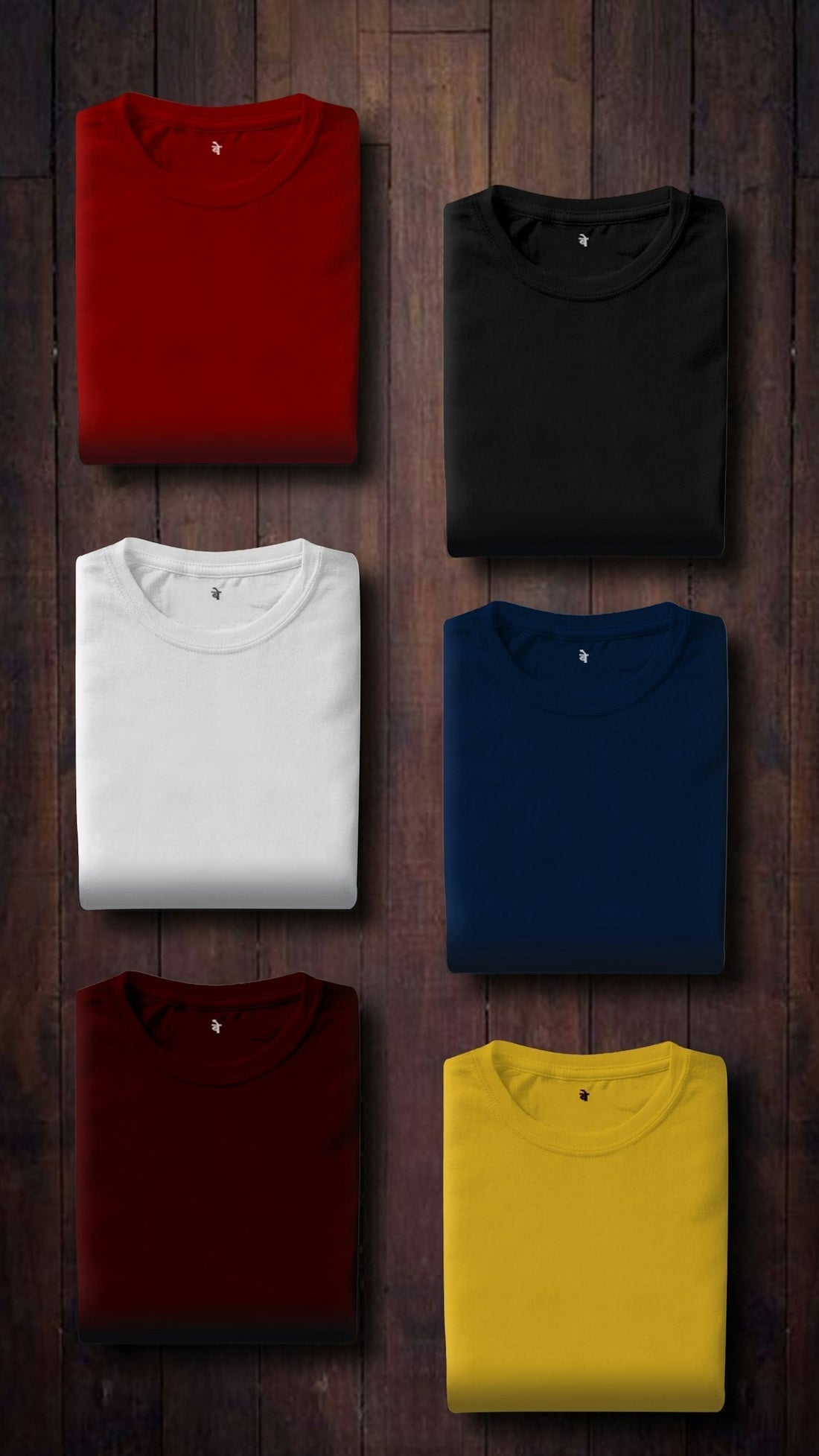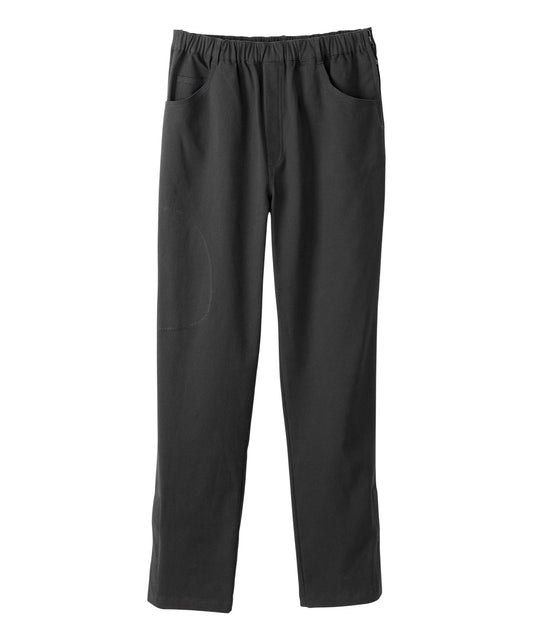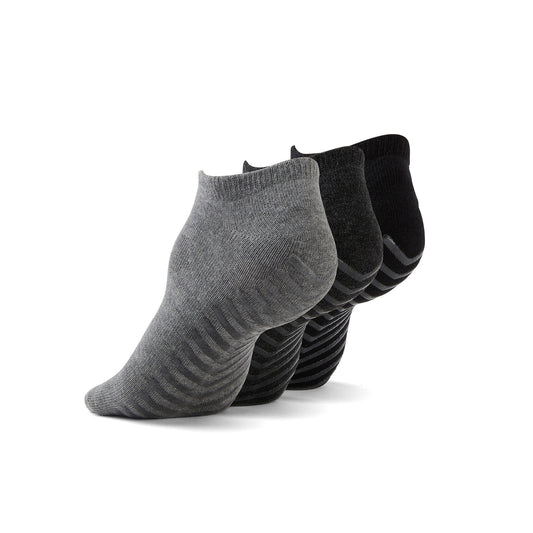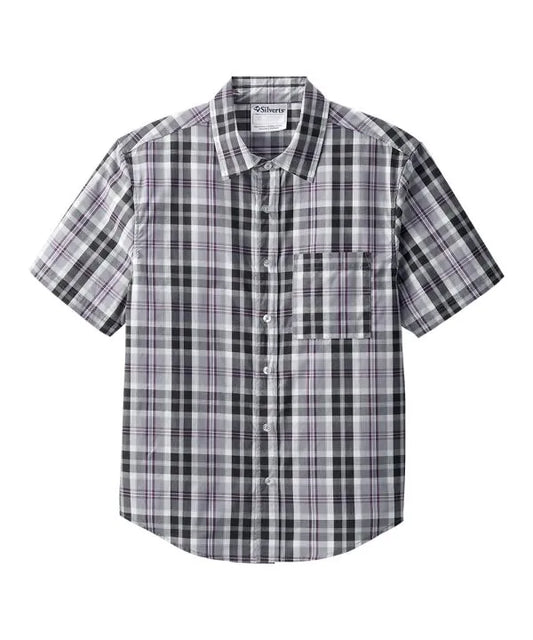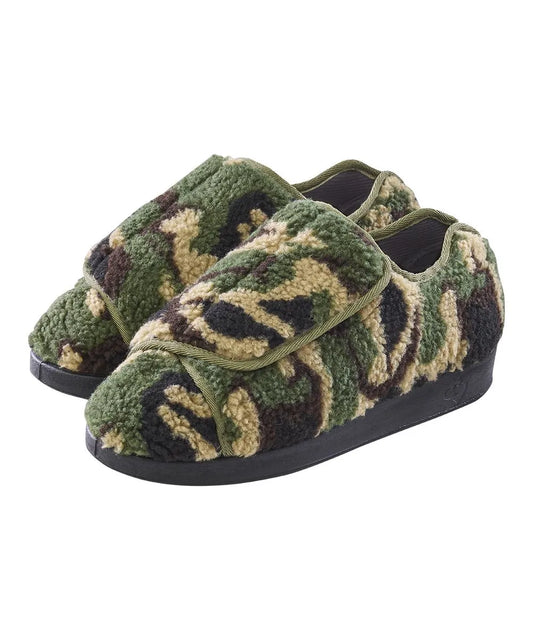By: Sara Arciero
Fashion is so much more than just fabric; it’s a celebration of freedom, identity, and the ways we express who we are. Sadly, for a long time, the industry has turned a blind eye to those whose bodies don’t fit into those narrow size or ability boxes. For plus-size individuals and those with disabilities, fashion hasn’t always felt like a welcoming space. But now, adaptive fashion, a category designed to make dressing easier for people with limited mobility, chronic conditions, or disabilities, is starting to change the conversation around clothing. Still, the intersection of adaptive design and plus-size fashion remains one of the most overlooked areas in the industry.
As conversations about inclusivity gain momentum, brands are beginning to realize that true accessibility means embracing all bodies, not just the typical sizes. This article explores the unique challenges of creating plus-size adaptive fashion, highlights innovative brands like JuneAdaptive, and presents practical, flattering, and empowering solutions for real people.
Unique Challenges of Plus-Size Adaptive Fashion
Designing adaptive fashion is already complex, but when combined with extended sizing, the challenges multiply. Unlike standard garments that can simply be scaled up, adaptive clothing for plus-size consumers must be redesigned from the inside out.
- Fit, Proportion, and Shape Diversity
Plus-size bodies are not uniform. Two people who wear the same numerical size can have completely different body shapes: pear, apple, hourglass, rectangle, and varying mobility needs. Adaptive garments rely on precise seam placement, flexible openings, and fastenings that align with the body’s contours. If a magnetic closure sits slightly off-center or a zipper crosses a curve incorrectly, the garment can pull, gap, or twist uncomfortably.
Unlike smaller garments that can tolerate minor adjustments, plus-size adaptive wear must account for greater variation in curvature and volume, especially around the bust, abdomen, and hips. Every design choice from pocket placement to seam reinforcement must be intentionally scaled to maintain comfort, accessibility, and aesthetic appeal.
- Fabric Strength and Durability
Adaptive clothing often depends on stretch fabrics or flexible panels to allow easy dressing. However, as size increases, mechanical stress on those seams and closures also increases. Magnetic closures, Velcro strips, and zippers must all withstand higher tension when garments are larger or layered.
This means designers must choose fabrics with higher tensile strength and excellent recovery: materials that stretch but don’t lose shape. Reinforcing seams and closures adds production cost, but it’s essential for durability. A cardigan that looks beautiful in size small but loses shape in 3X doesn’t serve the adaptive community it claims to represent.
- Comfort Without Sacrificing Style
Another challenge is balancing practical functionality with flattering style. Too often, adaptive garments are designed for utility alone, with boxy silhouettes, dull colours, or clinical fabrics that prioritize ease of dressing over self-expression.
For plus-size wearers, this is particularly frustrating. Adaptive fashion shouldn’t strip away confidence or femininity; it should enhance it. Creating garments that feel modern, elegant, and body-positive while maintaining adaptive functionality is one of the industry’s most creative design problems: and opportunities.
- Representation and Accessibility Gaps
Perhaps the biggest challenge isn’t technical: it’s cultural. Adaptive fashion campaigns often feature slim, white, non-disabled models wearing “inclusive” clothing, inadvertently reinforcing the very exclusion they aim to dismantle.
Plus-size disabled individuals are rarely represented in marketing or product development discussions. Many adaptive collections still stop at XL or 2X, excluding a large portion of the community. As a result, plus-size consumers with mobility challenges are forced to modify standard garments or shop from niche retailers. Expanding representation and sizing is not just ethical, it’s essential for equity in fashion.
Brands Offering Extended Sizing
Despite these challenges, a wave of innovative brands is proving that inclusive design can be both fashionable and functional. Let’s spotlight a few leaders driving this transformation.
JuneAdaptive
One of the most promising names in adaptive fashion, JuneAdaptive is redefining what accessible style can look like. Their pieces blend comfort, convenience, and confidence: featuring magnetic closures, soft stretch fabrics, and easy-to-wear silhouettes.
Some standout examples include:
- Women’s Fleece Cardigan with Magnetic Buttons – A cozy, chic cardigan that replaces traditional buttons with magnetic fastenings for effortless wear. The soft fleece fabric drapes beautifully on plus-size bodies, providing warmth without bulk. → Link

- Reversible Front Vest with Magnetic Closure – This clever design allows two looks in one, reducing wardrobe clutter and providing flexibility for those who value simplicity and function. → Link

- Women’s Recovery Pants – Perfect for post-surgery recovery or daily comfort, these pants feature easy-access side openings and adjustable waistbands. → Link

JuneAdaptive’s strength lies in merging practicality with style. Their garments look like fashion, not medical wear: a distinction that’s deeply meaningful for wearers who want to express themselves with dignity and flair.
Flattering Cuts for Different Body Types
Adaptive clothing should empower, not conceal. The most successful designs flatter a variety of body types while prioritizing movement and accessibility.
- Emphasize Natural Shape
Plus-size adaptive fashion benefits from structured, flexible cuts. Empire waistlines emphasize the bust while providing room around the midsection. A-line skirts and tunic tops balance proportions by gently skimming the hips. For people with limited mobility, these silhouettes make dressing easier without sacrificing style.
- Use Draping and Strategic Seaming
Soft fabrics such as bamboo, modal, or jersey offer gentle drape and stretch, making garments easy to put on and comfortable to wear. Vertical seams and panels elongate the torso and disguise adaptive openings like zippers or snaps. Diagonal or wrap cuts help distribute tension evenly across the fabric, avoiding puckering.
- Adapt for Seated or Mobility Use
For wheelchair users or individuals who spend long periods seated, garments should accommodate posture differences. High-back, low-front waistbands, for example, prevent discomfort or bunching. Adaptive jeans, such as the Game Changer Seamless Back Jeans from IZ Adaptive, are great case studies. They remove rear seams that can irritate when sitting, while maintaining a sleek fit.
- Design for Confidence
Adaptive plus-size fashion should enhance individuality. Patterned fabrics, bold colours, and tailored silhouettes allow wearers to express themselves authentically. Functionality is essential, but fashion is emotional. Clothing should spark joy and confidence as much as it provides convenience.
How Adaptive Features Work in Plus Sizes
At the heart of adaptive fashion are its functional details. When scaled for plus-size garments, these features require additional engineering to remain both comfortable and secure.
-
Magnetic Closures: Replace small buttons or hooks, simplifying dressing for those with limited dexterity. For plus sizes, the magnets must be stronger, with reinforced stitching to handle higher fabric tension.
-
Side Zippers and Hidden Panels: Provide alternative entry points for more effortless dressing. The zipper tapes in larger garments are often curved or flexible to conform to body contours without puckering.
-
Open-Back Designs: Ideal for those who dress while seated or require assistance. In plus sizes, generous overlaps ensure full coverage and prevent exposure.
-
Elastic and Adjustable Waistbands: Offer flexibility for body changes, post-surgery swelling, or day-to-day comfort. In extended sizes, these features also allow personalization of fit.
-
Tag-less Interiors and Flat Seams: Prevent chafing, particularly important for those with sensory sensitivities or skin conditions.
-
Detachable or Modular Components: Some adaptive garments allow sleeves or panels to detach entirely, which simplifies dressing and cleaning.
Each of these features represents thoughtful engineering that bridges accessibility with dignity. They enable independence; something as simple as getting dressed alone can restore confidence and autonomy.
Where to Find Fashionable Inclusive Options
The adaptive fashion market is growing rapidly, and finding inclusive options is easier than ever.
JuneAdaptive
The most fashion-forward of adaptive retailers, JuneAdaptive offers a thoughtfully curated collection for both men and women that prioritizes elegance, usability, and dignity in dressing. Founded in Canada, the brand focuses on making stylish clothing accessible to people with disabilities, mobility challenges, and those recovering from surgery. Each piece is designed with practical features like magnetic closures, easy-access zippers, and open-back designs—without sacrificing aesthetics.
From sleek magnetic-closure outerwear to soft, reversible vests and effortless everyday essentials, every design feels modern, intentional, and inclusive. Their collections are versatile enough to move from casual wear to professional attire, reflecting the idea that adaptive fashion should be as dynamic as the people who wear it.
JuneAdaptive also partners with designers and healthcare professionals to ensure that comfort, safety, and self-expression all coexist in their pieces. Their online store makes it easy to filter items by specific needs—such as seated dressing, post-surgery wear, or limited mobility—making shopping both empowering and accessible.
Their commitment to comfort and style, along with their advocacy for representation in fashion, makes JuneAdaptive a go-to destination for anyone seeking elevated adaptive apparel that blends function with contemporary design.
Final Thoughts: The Future of Inclusive Fashion
Plus-size adaptive fashion represents the next frontier of inclusivity. It’s a space where innovation meets empathy: a movement driven not by trends but by the simple belief that everyone deserves to look and feel good in their clothing.
Brands like JuneAdaptive are showing that it’s possible to design garments that honour individuality, promote independence, and express beauty in all forms. The conversation is shifting from “Who can wear this?” to “How can we make sure everyone can?”
As adaptive design and plus-size fashion continue to evolve, the message is clear: Accessibility is the new definition of style.

